Creating a consistent routine for your small pet is crucial for their overall wellbeing. Pets thrive on structure and predictability, as it helps reduce their anxiety and provides a sense of security. Having a routine helps meet their basic needs, such as feeding, exercise, mental stimulation, and social interaction. It also aids in training and behavior management. While routines should be flexible to accommodate changes, they should provide a framework for your pet’s daily activities.
- A routine is essential for your small pet’s happy and healthy life.
- Pets benefit from structure, as it reduces anxiety and provides security.
- A routine helps meet your pet’s basic needs and aids in training and behavior management.
- Adjust the routine to your pet’s specific needs and lifestyle.
- Flexibility is important to minimize unnecessary anxiety.
Why a Routine Is Helpful for Pets
Both dogs and cats benefit from having a routine in their lives. It helps reduce anxiety and provides a sense of security. A routine allows pets to anticipate their basic needs being met, such as feeding and playtime. It also prevents boredom and unwanted behaviors that may arise from excessive energy. Having a routine is especially beneficial when crate training or potty training a dog. It also helps new pets adjust to their new environment. Additionally, routines make life easier for pet owners and children involved in pet care.
Benefits of Routine for Pets
- Reduces anxiety
- Provides a sense of security
- Anticipate basic needs
- Prevents boredom and unwanted behaviors
- Aids in training and adjustment
- Facilitates pet care for owners and children
A routine brings comfort and predictability to a pet’s life, offering a structured environment that promotes positive reactions and reduces anxiety. Knowing what to expect and when provides a sense of security, allowing pets to relax and thrive in their surroundings.
Whether it’s establishing a regular feeding schedule, designating playtime, or creating a bedtime routine, implementing a consistent routine for your pets can have numerous benefits. By meeting their basic needs and providing a predictable environment, you’ll see positive reactions and a happier, more balanced pet.
| Dogs | Cats |
|---|---|
| Daily exercise and walks | Interactive playtime |
| Regulated feeding times | Consistent meal schedule |
| Crate training and potty training | Litter box routine |
What to Include in Your Pet’s Routine
When establishing a routine for your pet, it is important to consider their essential needs. This includes providing them with proper food, access to clean water, regular exercise, mental stimulation, training, and behavior work. By incorporating these elements into your pet’s daily routine, you can ensure their overall well-being and happiness.
First and foremost, it is crucial to provide your pet with a balanced and nutritious diet. Different pets have different dietary requirements, so make sure to consult with your veterinarian to determine the appropriate food for your furry friend. Remember to feed them consistently at scheduled times to establish a routine.
Hydration is equally important for your pet’s health. Always ensure that they have access to fresh, clean water throughout the day. Refresh the water bowl regularly to maintain its cleanliness and encourage your pet to drink an adequate amount of water.
Exercise is essential to keep your pet physically fit and mentally stimulated. Dogs, for instance, benefit from daily walks, while cats may enjoy playtime and climbing structures. Be sure to tailor the exercise routine to your pet’s breed, age, and energy level. Regular exercise helps prevent obesity, promotes healthy growth, and boosts their overall well-being.
Mental stimulation is just as important as physical exercise for your pet’s cognitive development. Engage your pet’s mind with interactive toys, puzzle games, and training sessions. This not only keeps them entertained but also helps to prevent boredom and destructive behavior.
Training and behavior work are integral parts of your pet’s routine. Whether you have a dog or a cat, consistent and positive training methods are key to teaching them basic commands, good manners, and appropriate behavior. This helps them become well-adjusted members of your household and promotes a harmonious relationship between you and your pet.
Benefits of a Structured Routine
A structured routine provides a sense of security and predictability for your pet. It helps them understand what to expect and reduces anxiety, resulting in a happier and calmer pet.
Having a routine also allows you to identify any changes in your pet’s behavior or health more quickly. By knowing their typical routine, you can spot any deviations and address them promptly, ensuring the well-being and health of your furry companion.
Furthermore, a structured routine fosters a stronger bond between you and your pet. It creates a sense of trust and reliability, as your pet knows they can depend on you for their basic needs.
| Essential Elements of Your Pet’s Routine | How to Incorporate |
|---|---|
| Food | Establish regular feeding times and provide a balanced diet. |
| Water | Ensure access to clean water throughout the day. |
| Exercise | Engage in daily physical activities suitable for your pet’s breed and age. |
| Mental Stimulation | Provide interactive toys, puzzles, and training sessions to keep their minds sharp. |
| Training and Behavior Work | Incorporate positive training methods into your pet’s routine to teach good behavior. |
By including these essential elements in your pet’s routine, you are setting them up for a happy and balanced life. Remember to be consistent and flexible within the routine to accommodate any necessary adjustments. Your furry friend will appreciate the structure and thrive in a well-established routine.
Rabbit Behavior and Routine
When it comes to rabbits, understanding their behavior and providing a consistent routine is key to ensuring their well-being. Rabbits are social animals that thrive when they have companionship. It’s important to house them in pairs to prevent loneliness and promote a happier and healthier life.
In addition to companionship, rabbits also require ample space for exercise and stimulation. A minimum enclosure size of 3 x 2 x 1m is recommended to allow for hopping, running, and exploring. Providing a spacious environment enables rabbits to engage in their natural behaviors and helps prevent boredom and stress.
Rabbit-safe toys are essential for keeping rabbits mentally and physically active. These toys provide enrichment and entertainment, preventing destructive behavior and encouraging healthy play. It’s important to ensure that the toys are safe and suitable for rabbits to avoid any potential hazards.
“Rabbits are social animals that thrive when they have companionship.”
Water and hay are vital components of a rabbit’s diet and should be readily available at all times. Water bottles or bowls can be provided, along with fresh, clean hay for their dental and digestive health. Incorporating these elements into their routine ensures that rabbits have the necessary resources for their well-being.
Establishing a routine is crucial for rabbits as it helps reduce stress and promotes a sense of security. By providing a consistent schedule for feeding, exercise, and social interaction, rabbits can anticipate their daily activities and feel more at ease. It’s important to make any changes to their routine gradually to prevent anxiety or discomfort.
Sample Rabbit Routine
| Activity | Frequency |
|---|---|
| Morning feeding | Once a day |
| Playtime and exercise | Twice a day |
| Water bottle refill | Once a day |
| Hay refill | Twice a day |
| Evening feeding | Once a day |
Having a routine not only benefits rabbits but also helps pet owners manage their care effectively. It provides a structure for daily activities and ensures that all their needs are met. By understanding rabbit behavior and establishing a consistent routine, you can create a nurturing environment that supports their well-being and happiness.
Guinea Pig Behavior and Routine
Guinea pigs, like rabbits, are social animals and thrive on companionship. It is highly recommended to house them in pairs to ensure their emotional well-being. In addition to companionship, guinea pigs also require adequate space for exercise and exploration.
When it comes to their habitat, an enclosure size of at least 2m x 0.5m x 25cm is ideal for guinea pigs. This spacious environment allows them to move around comfortably and exhibit their natural behaviors.
Guinea pigs are naturally curious and playful creatures, so providing them with guinea pig-safe toys is essential. These toys not only entertain them but also stimulate their minds and prevent boredom. Some popular guinea pig toys include interactive treat balls and tunnels for them to explore.
Water and hay should be readily available to guinea pigs at all times. Water bottles or bowls can be used to ensure they stay hydrated, and a constant supply of fresh hay is crucial for their dental health and digestive system.
“Guinea pigs thrive when they have a routine that fulfills their social and physical needs.”
Establishing a routine for guinea pigs is key to preventing stress and promoting their overall well-being. A routine allows them to engage in their natural behaviors and gives them a sense of security and predictability.
To help you visualize a guinea pig’s routine, here’s an example:
| Activity | Frequency |
|---|---|
| Morning feeding of pellets and fresh veggies | Daily |
| Refilling water bottle | Daily |
| Cleaning the cage | Weekly |
| Floor time for exercise and play | Daily |
| Feeding hay | Twice daily |
Remember, routines provide guinea pigs with stability and structure. While flexibility is important, try to keep their routine consistent to minimize any unnecessary stress.
By understanding guinea pig behavior and establishing a routine that meets their needs, you can ensure that your furry friends live a happy and fulfilling life.
Conclusion
Establishing a routine for your small pet’s wellbeing is crucial for their overall happiness and health. By gradually adjusting their routine to accommodate changes in your schedule, you can minimize their stress and promote a sense of security. It is important to incorporate their basic needs, such as food, water, exercise, mental stimulation, and social interaction, into their daily routine to ensure their overall wellbeing.
Remember to provide flexibility within the routine to avoid unnecessary anxiety for your furry friend. While routines are important, they should also be adaptable to accommodate unexpected events or changes in your pet’s needs.
By creating a consistent routine, you can help reduce stress and provide a stable environment for your small pet. This routine will not only benefit their physical health but also support their emotional and mental wellbeing. With gradual adjustments and mindful consideration of their needs, you can foster a happy and healthy life for your beloved pet.
FAQ
Why is establishing a routine important for my small pet’s wellbeing?
Creating a consistent routine for your small pet is crucial for their overall wellbeing. Pets thrive on structure and predictability, as it helps reduce their anxiety and provides a sense of security. Having a routine helps meet their basic needs, such as feeding, exercise, mental stimulation, and social interaction. It also aids in training and behavior management. While routines should be flexible to accommodate changes, they should provide a framework for your pet’s daily activities.
Do both dogs and cats benefit from having a routine in their lives?
Yes, both dogs and cats benefit from having a routine in their lives. It helps reduce anxiety and provides a sense of security. A routine allows pets to anticipate their basic needs being met, such as feeding and playtime. It also prevents boredom and unwanted behaviors that may arise from excessive energy. Having a routine is especially beneficial when crate training or potty training a dog. It also helps new pets adjust to their new environment. Additionally, routines make life easier for pet owners and children involved in pet care.
What should I include in my pet’s routine?
When establishing a routine for your pet, consider their essential needs. These include food, water, exercise, mental stimulation, and social interaction. Tailor the routine to your specific pet and lifestyle. For example, dogs require daily walks and playtime, while cats may need interactive toys and climbing structures. Training and behavior work should also be incorporated into the routine. Ensure a consistent schedule for these activities to provide structure for your pet’s day.
What should be included in a rabbit’s routine?
Rabbits are social animals that require companionship, so it’s important to house them in pairs. They also need ample space for exercise and stimulation. A minimum enclosure size of 3 x 2 x 1m is recommended. Rabbit-safe toys and constant access to water and good quality hay are essential for their mental and physical health. Establishing a routine ensures that rabbits can engage in their natural behaviors and reduces stress. Changes to their routine should be made gradually to prevent anxiety.
What should be included in a guinea pig’s routine?
Similar to rabbits, guinea pigs are social animals and need companionship. Housing them in pairs is recommended. They also require ample space for exercise. An enclosure size of at least 2m x 0.5m x 25cm is ideal. Guinea pigs enjoy play and exploration, so providing them with guinea pig-safe toys is important. Constant access to water and good quality hay is vital for their dental and digestive health. Establishing a routine helps prevent stress in guinea pigs and ensures they can engage in their natural behaviors.
Why is creating a routine important for my small pet’s wellbeing?
Creating a routine for your small pet’s wellbeing is essential for their overall happiness and health. Gradually adjusting their routine to accommodate changes in your schedule minimizes their stress. Incorporate their basic needs, such as food, water, exercise, mental stimulation, and social interaction, into their daily routine. Remember to provide flexibility within the routine to avoid unnecessary anxiety. By establishing a consistent routine, you can foster a happy and healthy life for your furry friend.

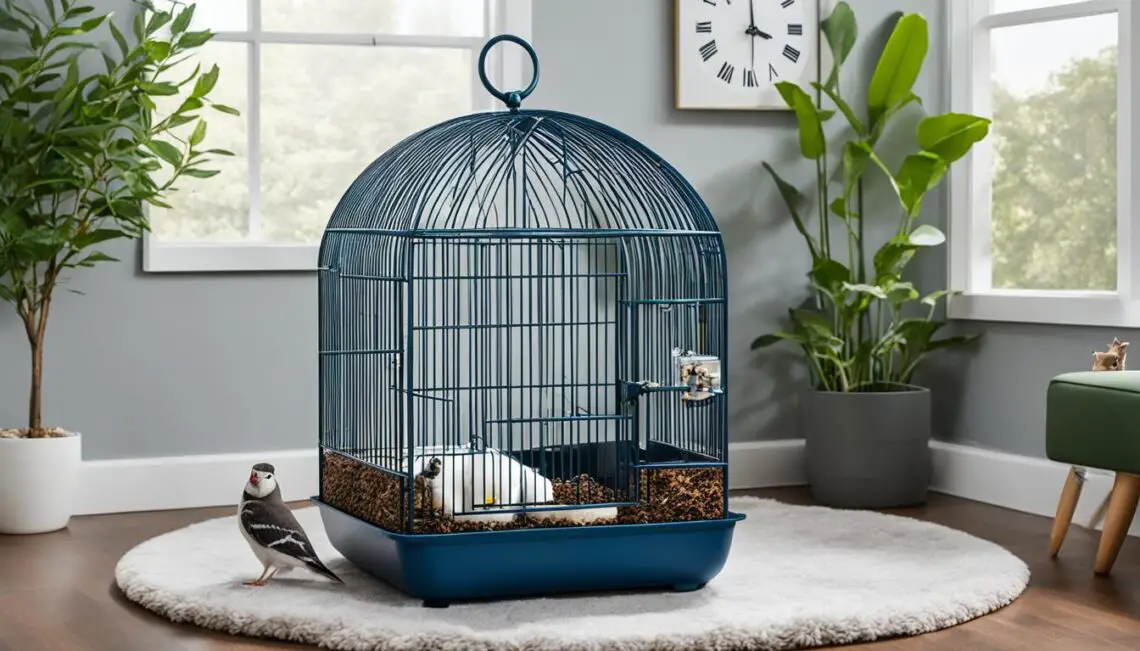
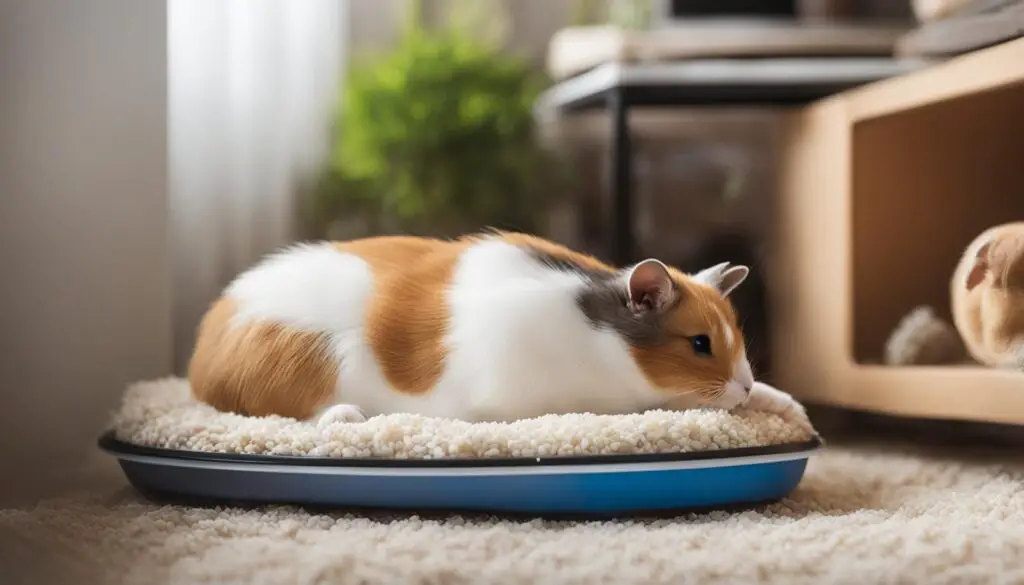
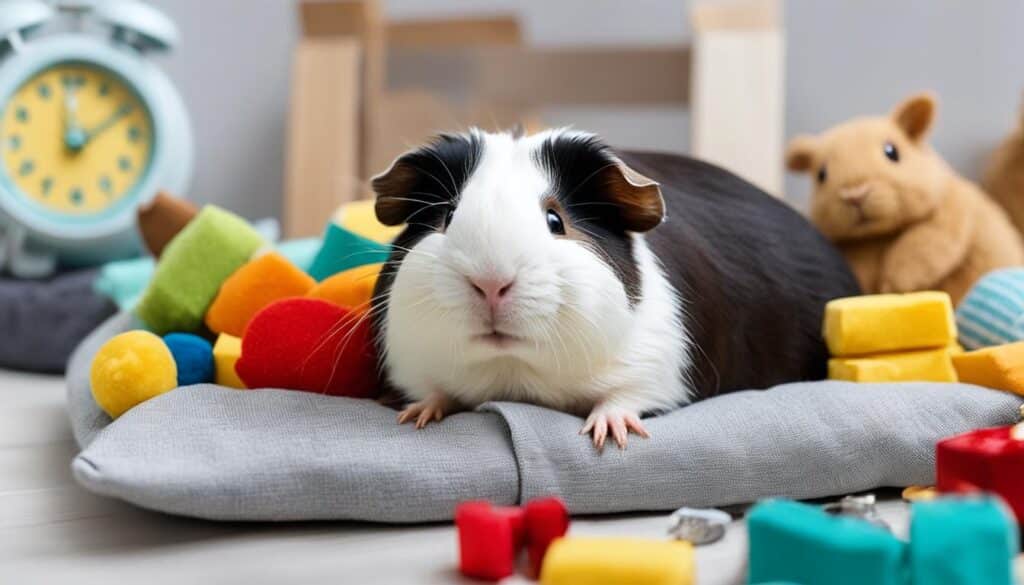
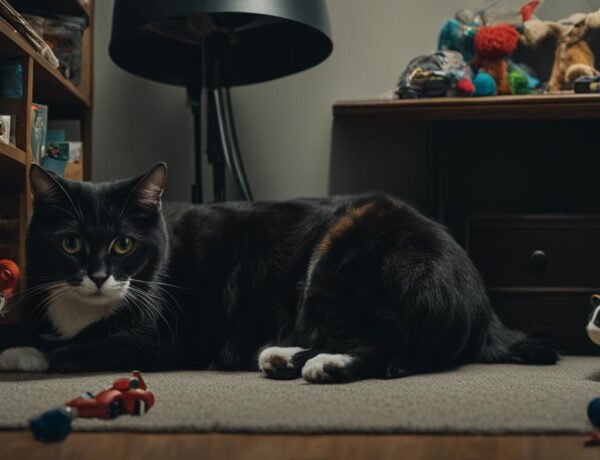
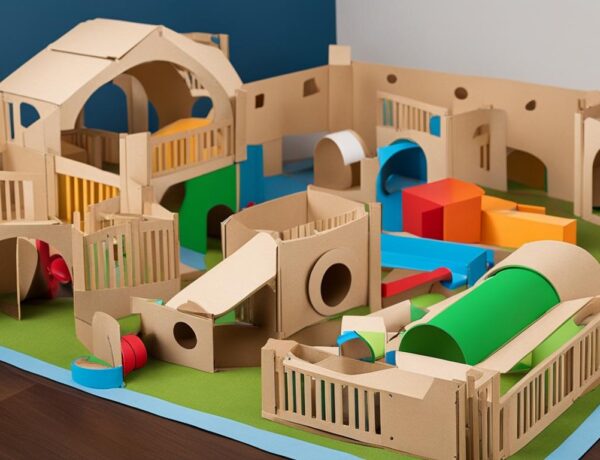
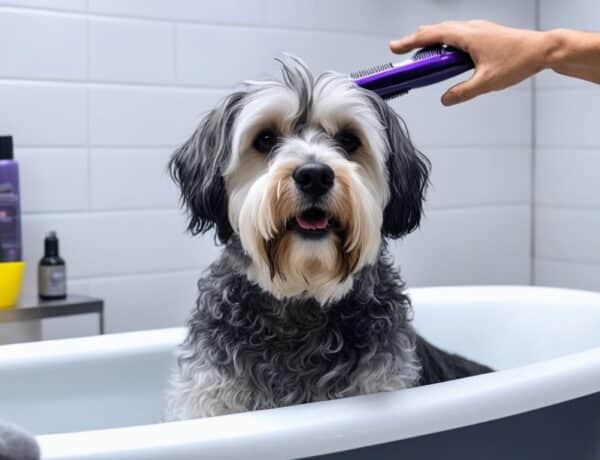
No Comments